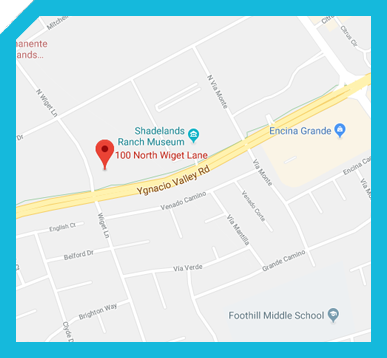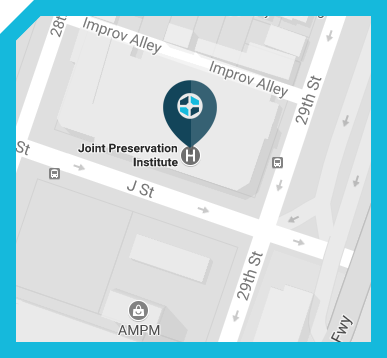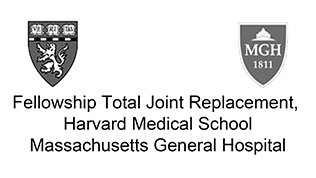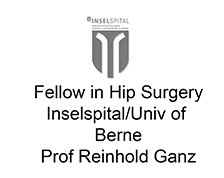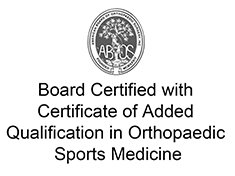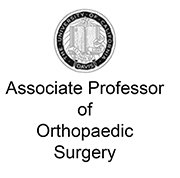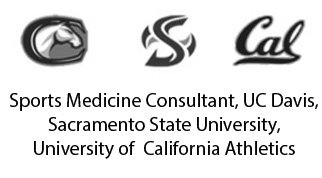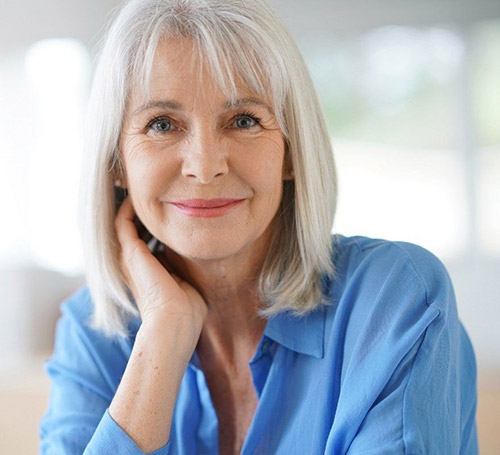
If you experience sudden limited arm movement, the cause may be a condition known as frozen shoulder. Normal shoulder motion becomes painful, as the tissues which surround the shoulder joint thicken and lose flexibility.
Although the specific cause of frozen shoulder is often unknown, it can come out of the blue. It can also occur when the shoulder is inactive for a period of time after an arm injury. Two forms of joint structure inflammation called bursitis and tendinitis may also contribute to the joint “freezing.” From a structural point of view, the covering of the joint called the capsule can become thickened with scar-like bands traversing the joint and restricting its movement. These bands can be broken up with a good home exercise program supplemented with physical therapy and the occasional addition of corticosteroid (steroid) injections. Stretching is at the center of the recommended exercises. Patients use an elastic cord or overhead pulley to restore the full range of motion and suppress pain.
Because the pain is usually not intense, Dr. Jamali may recommend aspirin, ibuprofen or Tylenol and steroid injections. The good news about frozen shoulder is that it often responds well to this nonsurgical approach.
The Arthroscopic Option
If these measures are not successful, and the stiffness persists for 6-8 months or longer, then occasionally surgical treatment is necessary. Fortunately the surgery is minimally invasive, meaning it is done with a tiny arthroscopic camera. The results can be immediate and dramatic. After an arthroscopic frozen shoulder surgery, you will return home with a sling and will apply ice packs to the shoulder several times a day to reduce swelling and discomfort. On some occasions you will be sent home with a “pain pump” that will keep the pain down for the first 3-4 days as you continue to work with therapy and build confidence in your range of motion. After surgery, the key is to maintain the range of motion achieved with the surgery in physical therapy. The goal of the physical therapy is to broaden your range of motion, restore flexibility and build muscle. Physical therapy is important not only for building flexibility and strength, but also to keep scar tissue from reforming at the site of the surgery.
For more information on frozen shoulder, please request an appointment with Dr. Amir Jamali. Call or email Joint Preservation Institute today to schedule your visit to our Sacramento or Walnut Creek office.




 Cold Facts About Frozen Shoulder
Cold Facts About Frozen Shoulder 
